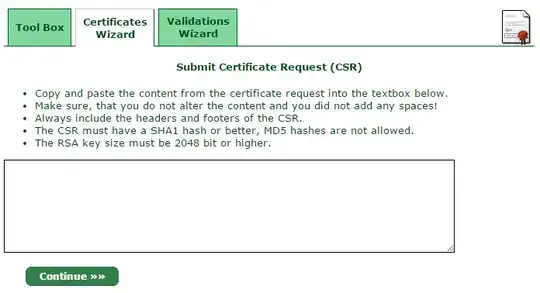We need to install a wildcard certificate (*.mydomain.com) onto our IIS 8.5 to secure the domain and all its subdomains of a website following a process similar to this.
When binding the certificate to the web site, considering we have many first level subdomains:
Web site 1 bindings (all http):
- www.mydomain.co.uk
- subdomain1.mydomain.co.uk
- subdomain2.mydomain.co.uk
- subdomain3.mydomain.co.uk
- …..........
Web site 2 (http):
- subdomain33.mydomain.com
Q1. What do we need to add in the Host name field for Web site 1 to secure its domain and all its subdomains, see below:
Q2. Can we bind the same wildcard certificate to another IIS website: Web site 2, which is another subdomain of the same domain (mydomain), just a different web site? What should we add in the Host name field in this case?
Q3: Considering we already have an SSL (single) certificate installed on the same machine/IP bound to a different domain web site, can the two SSL certificates coexist without conflicts?
